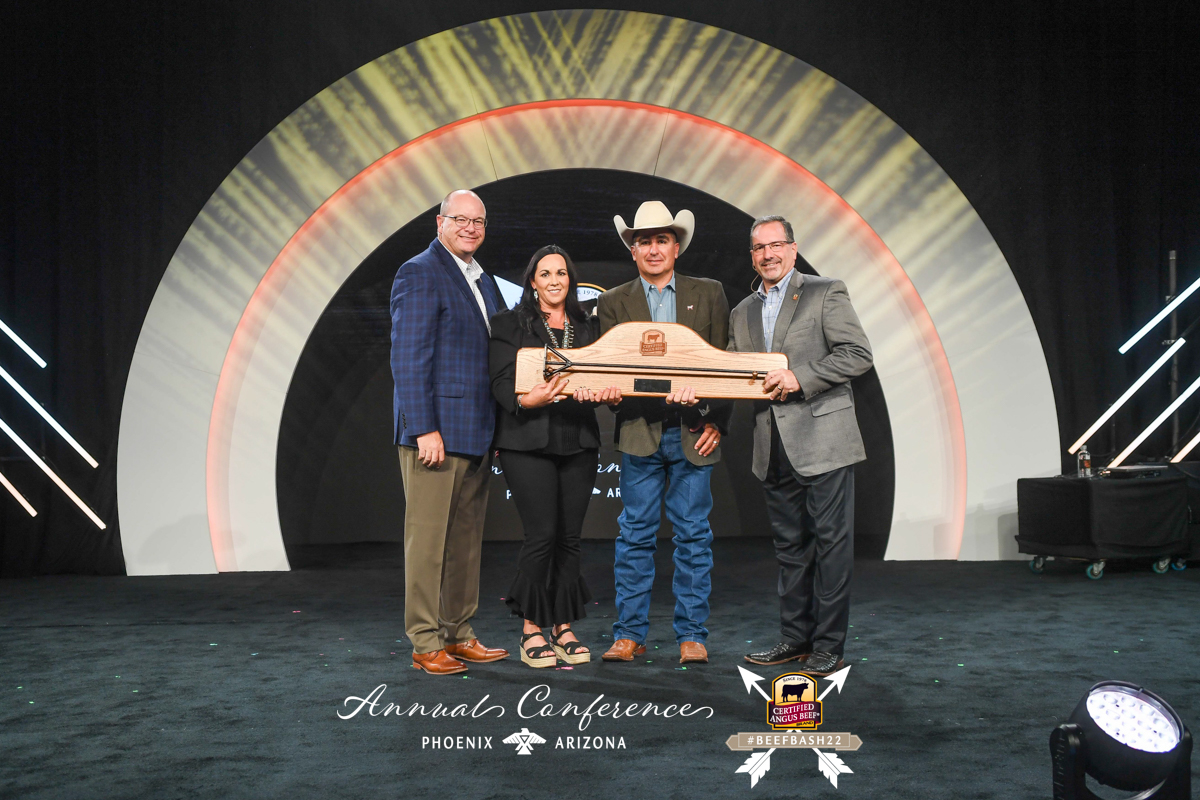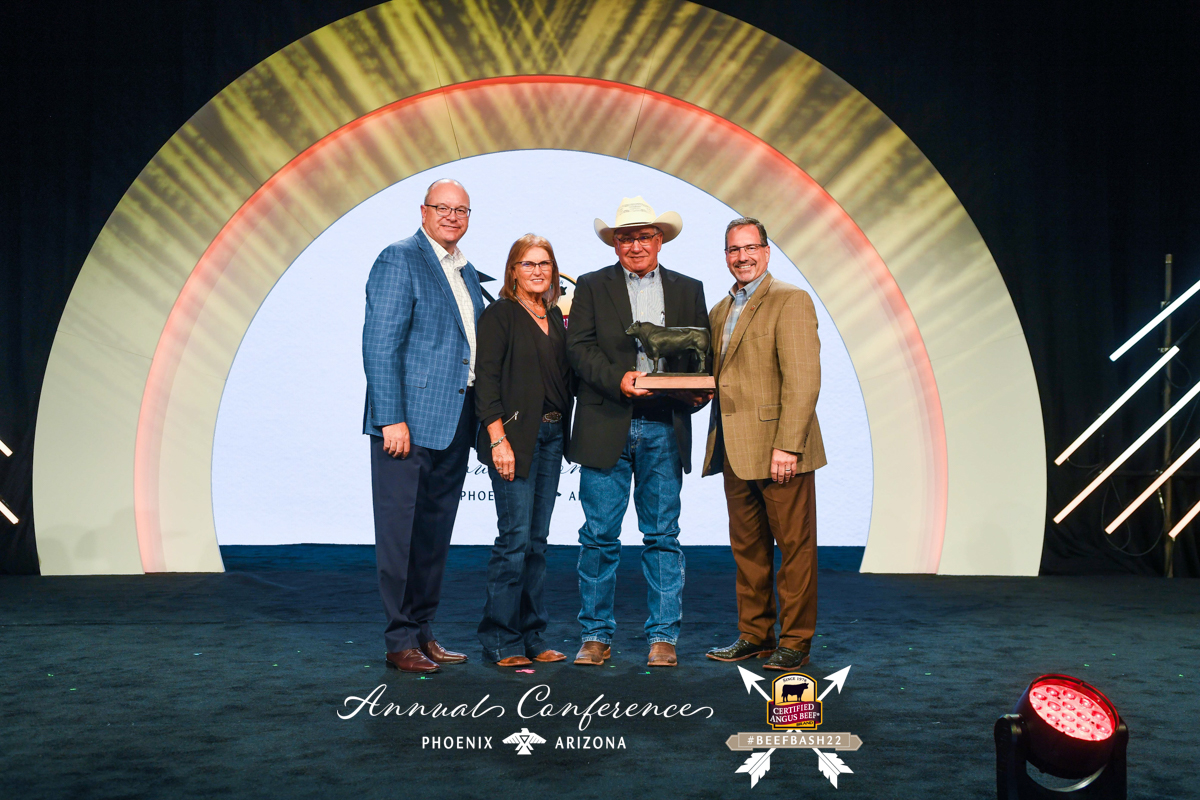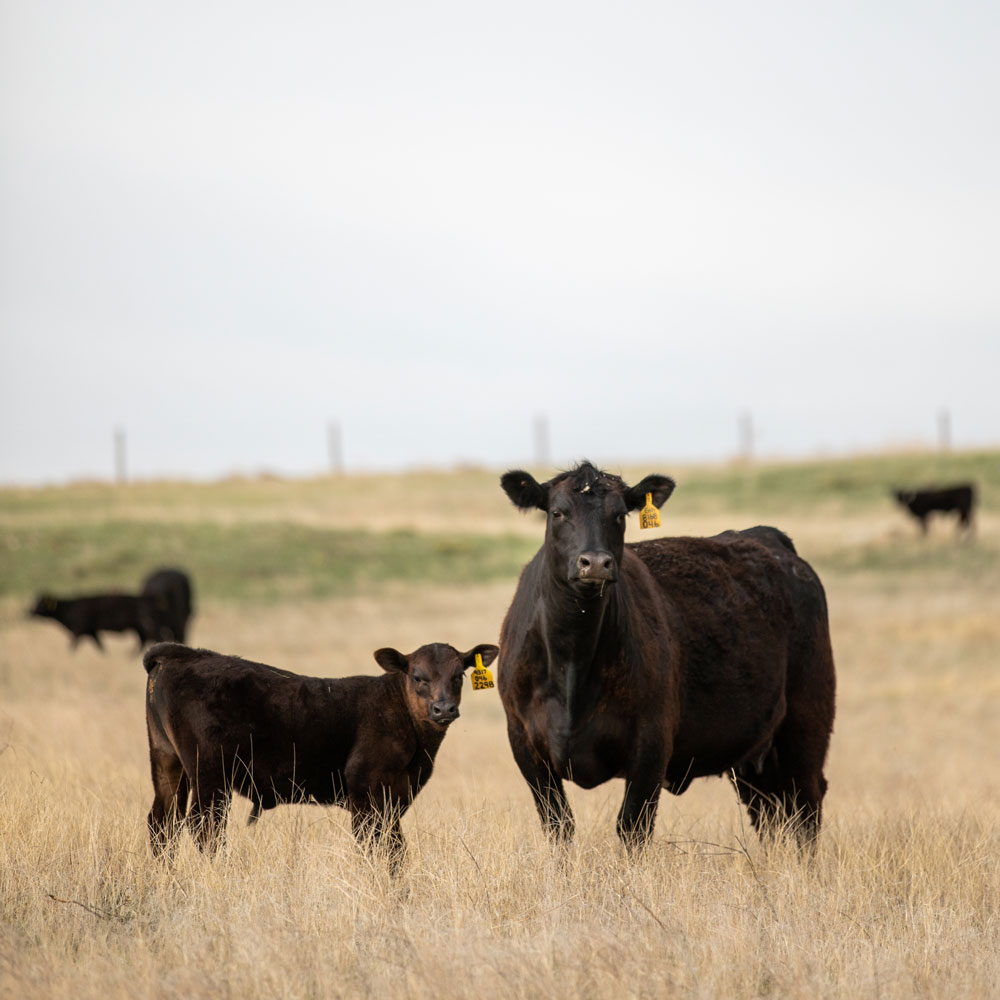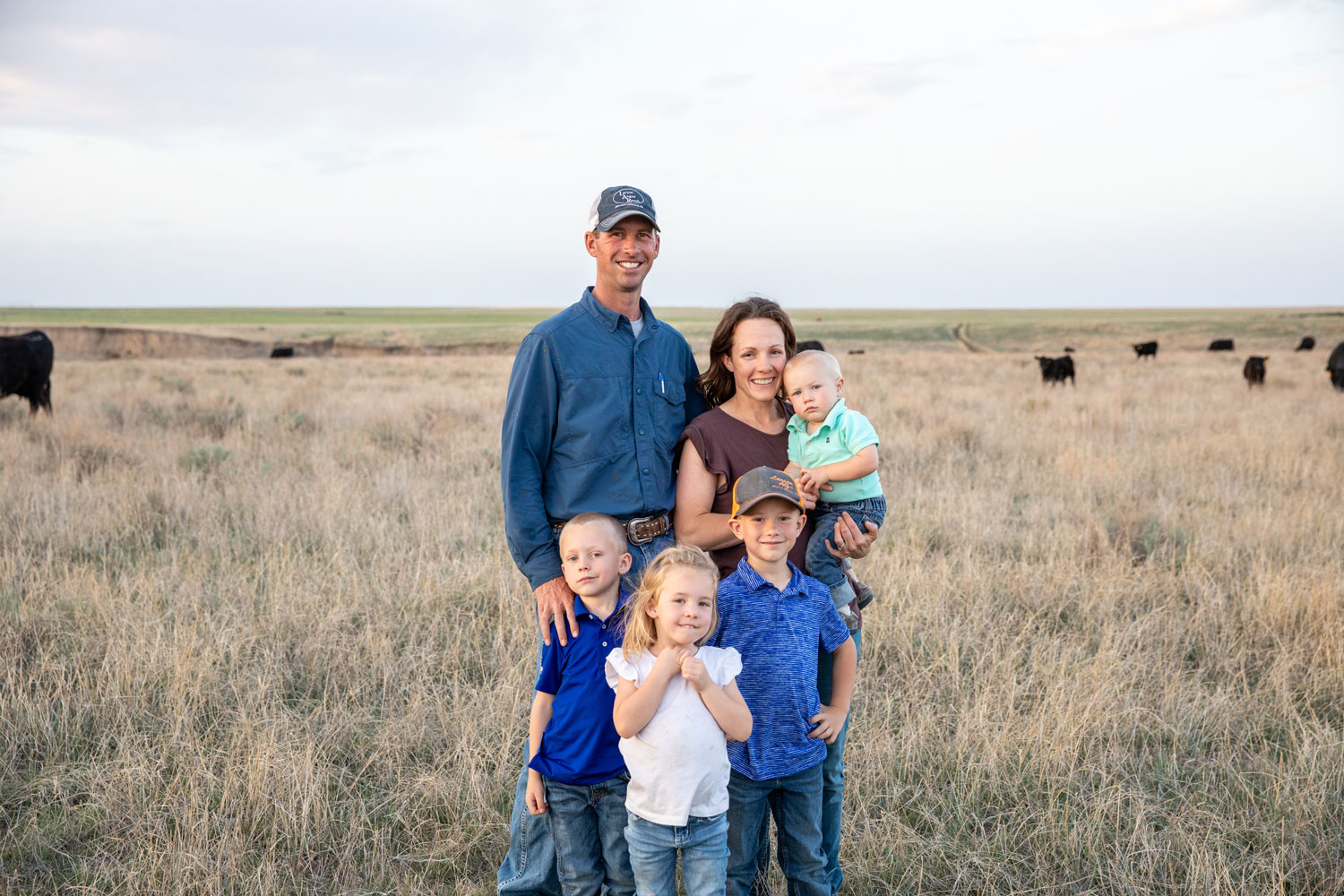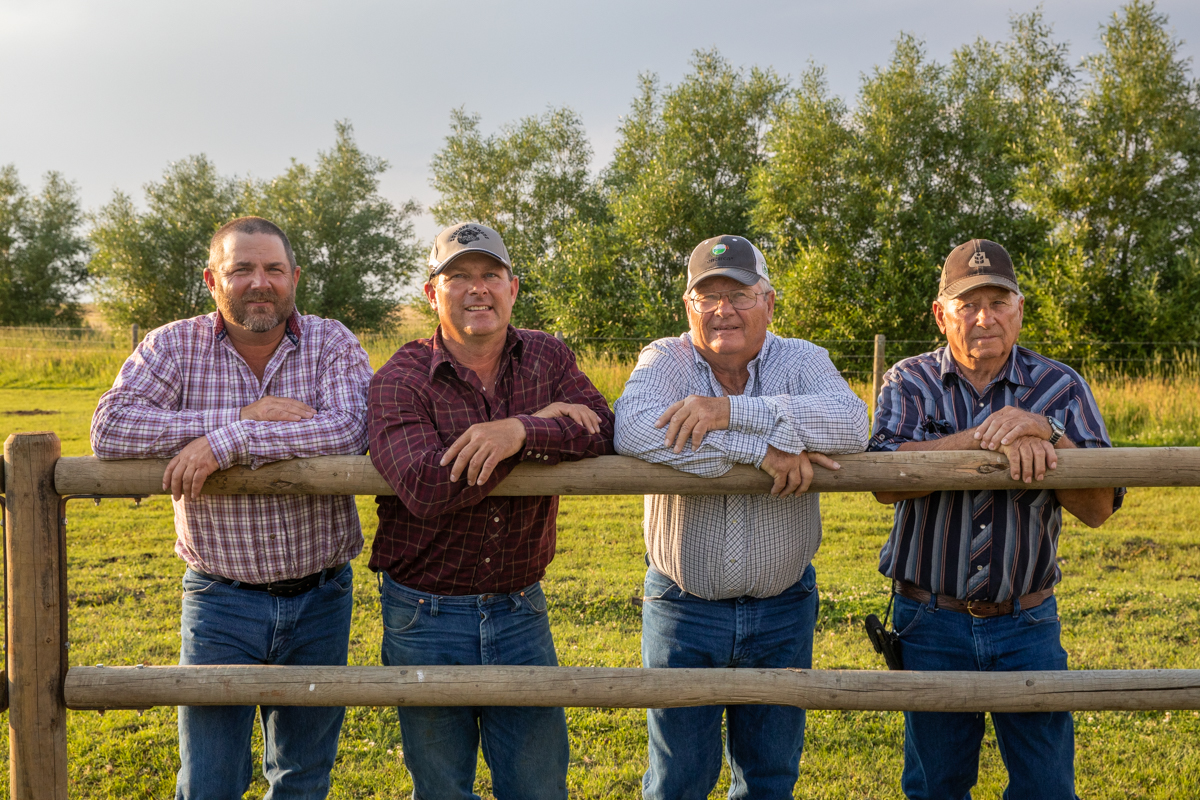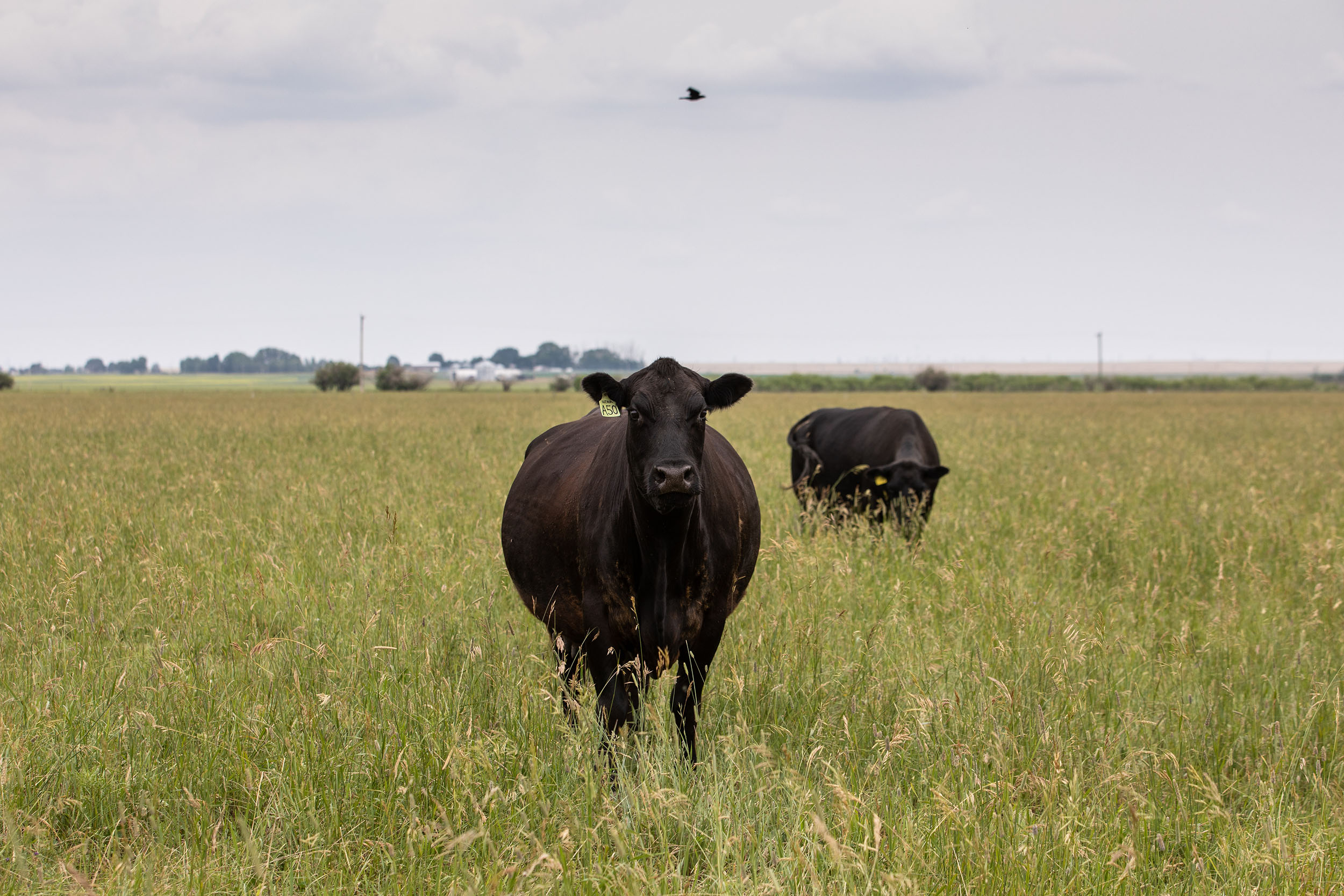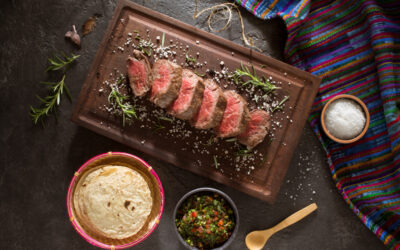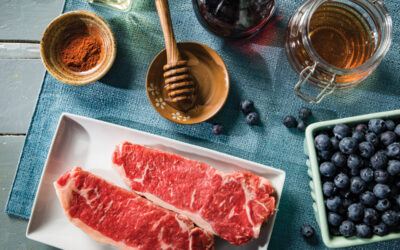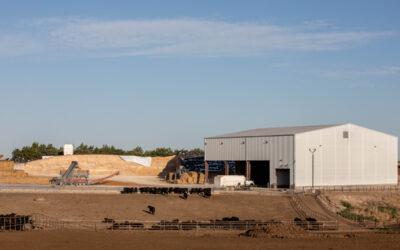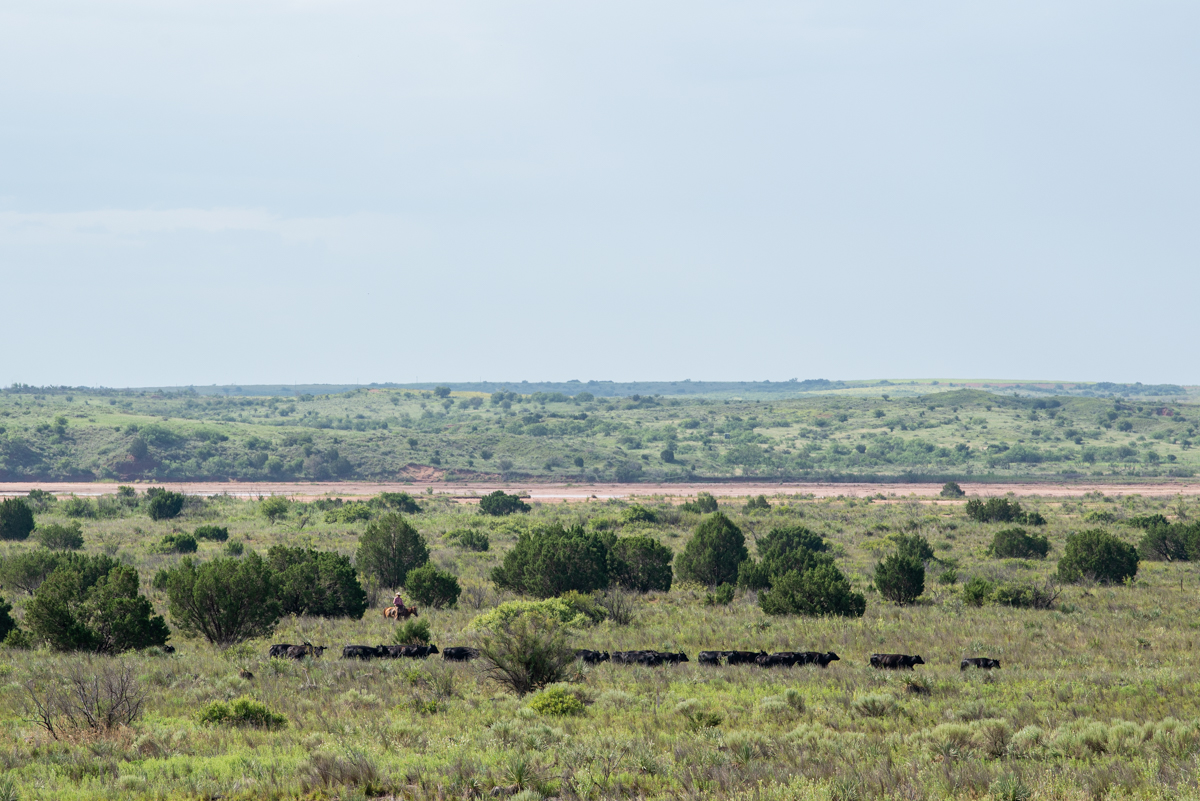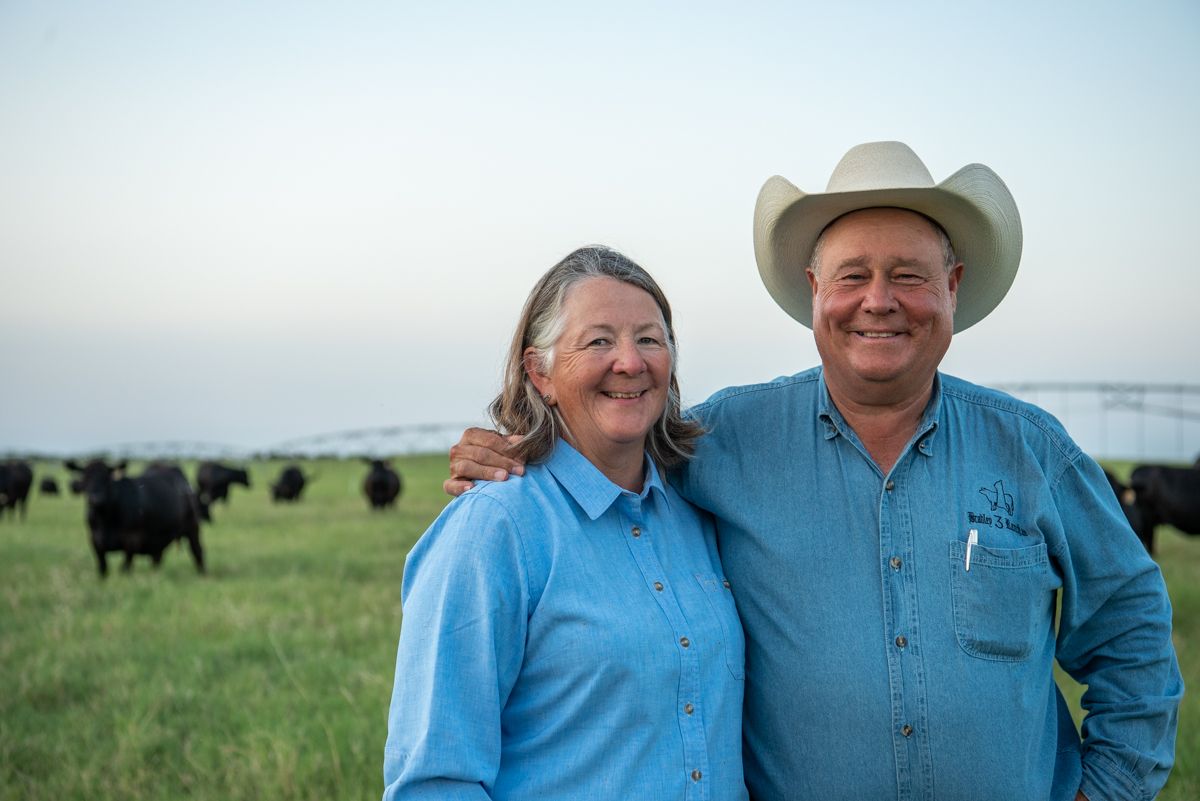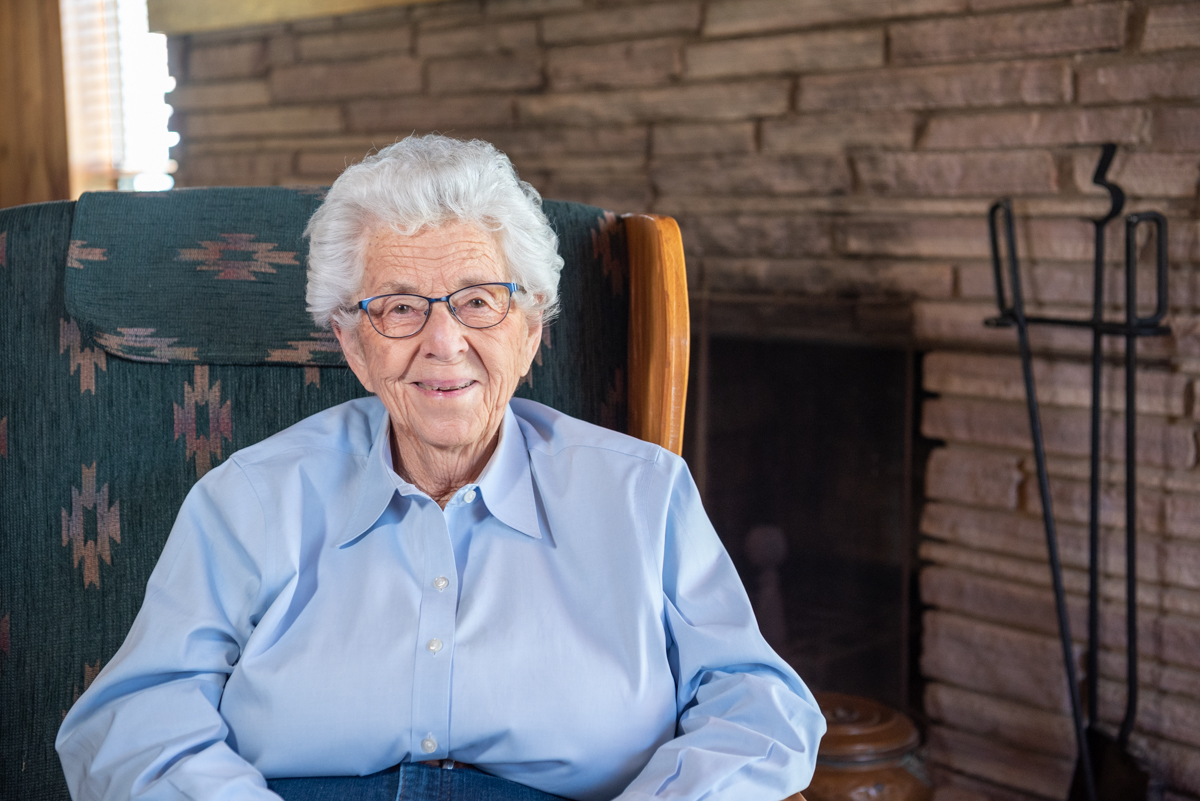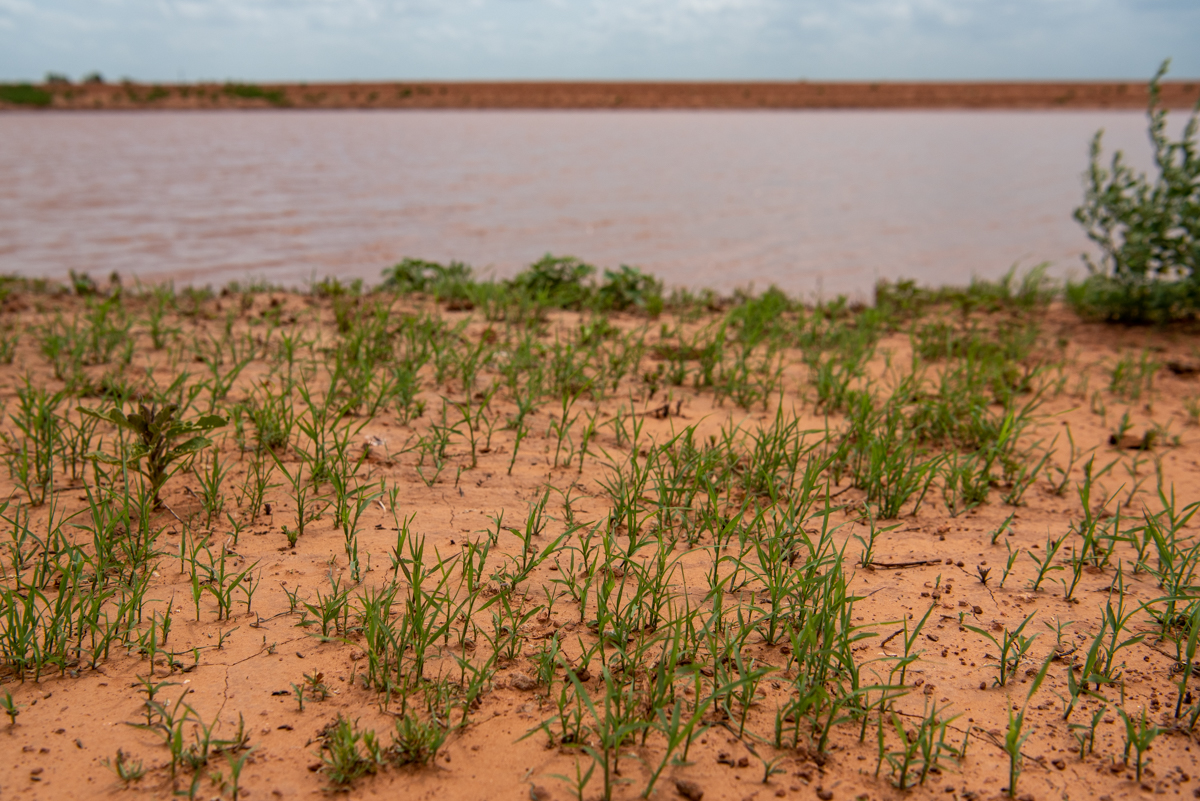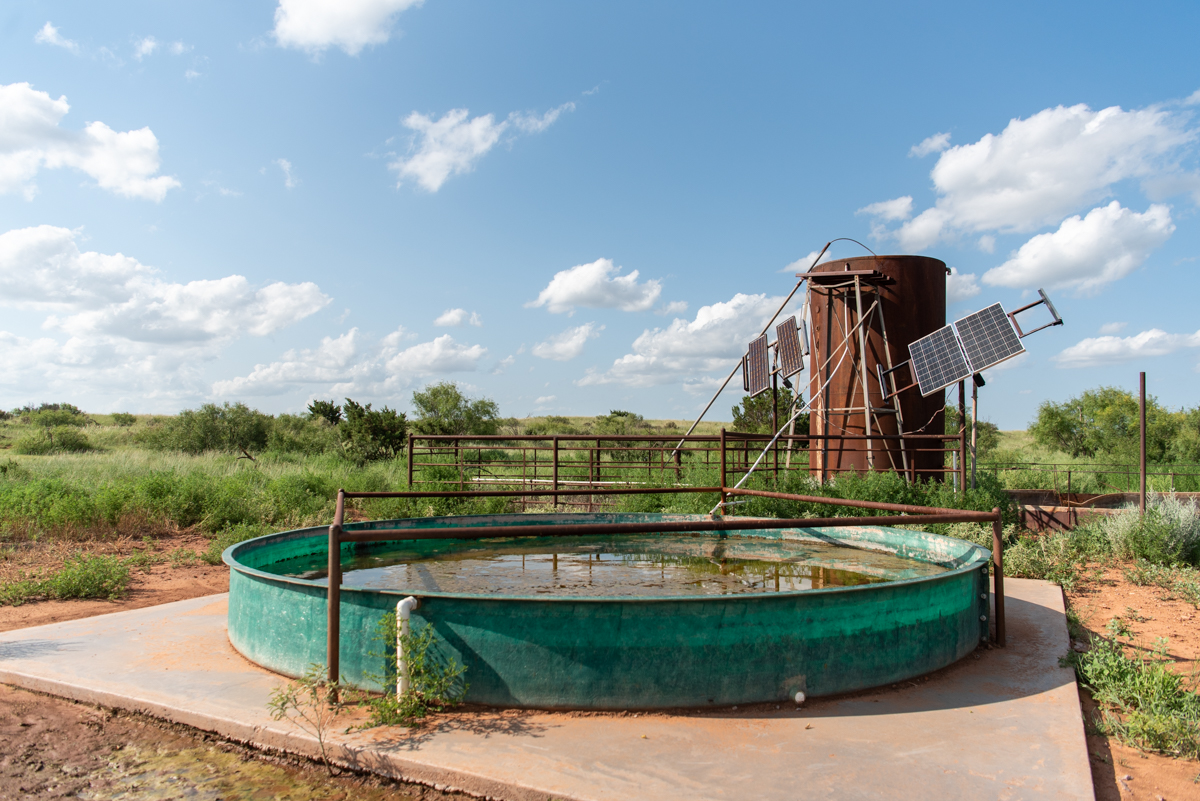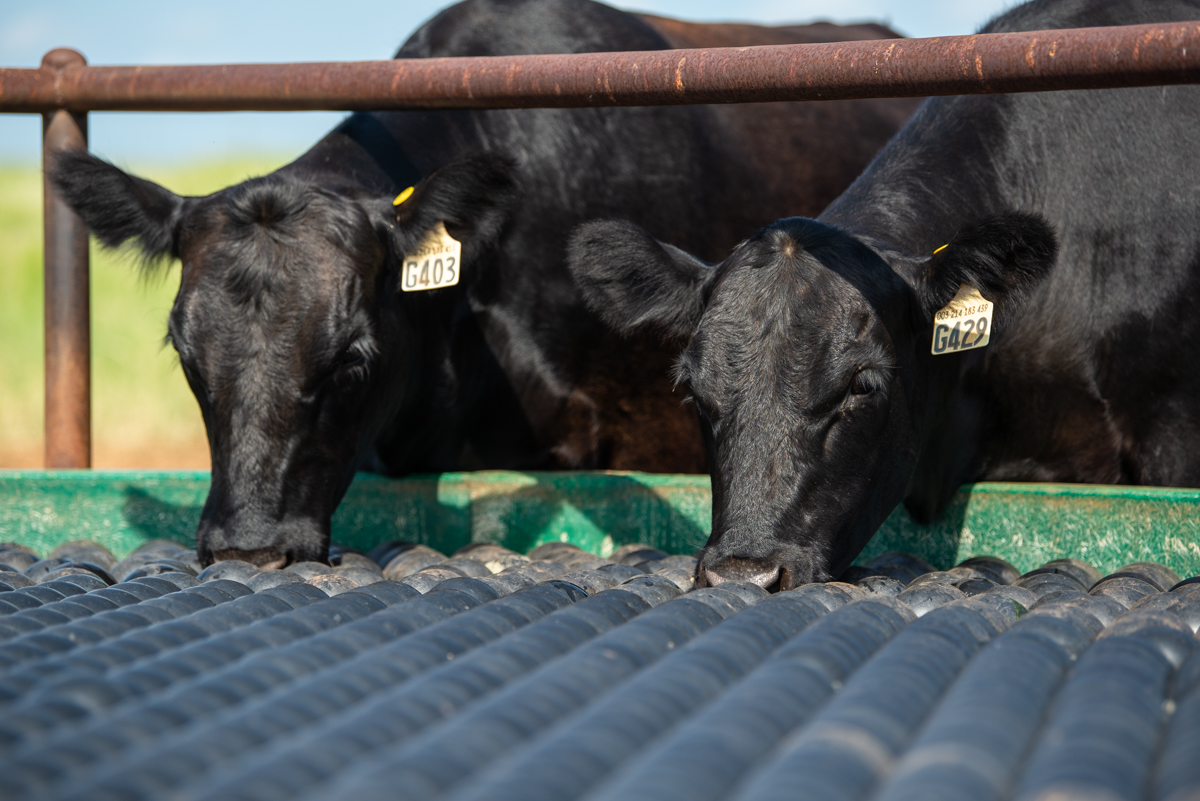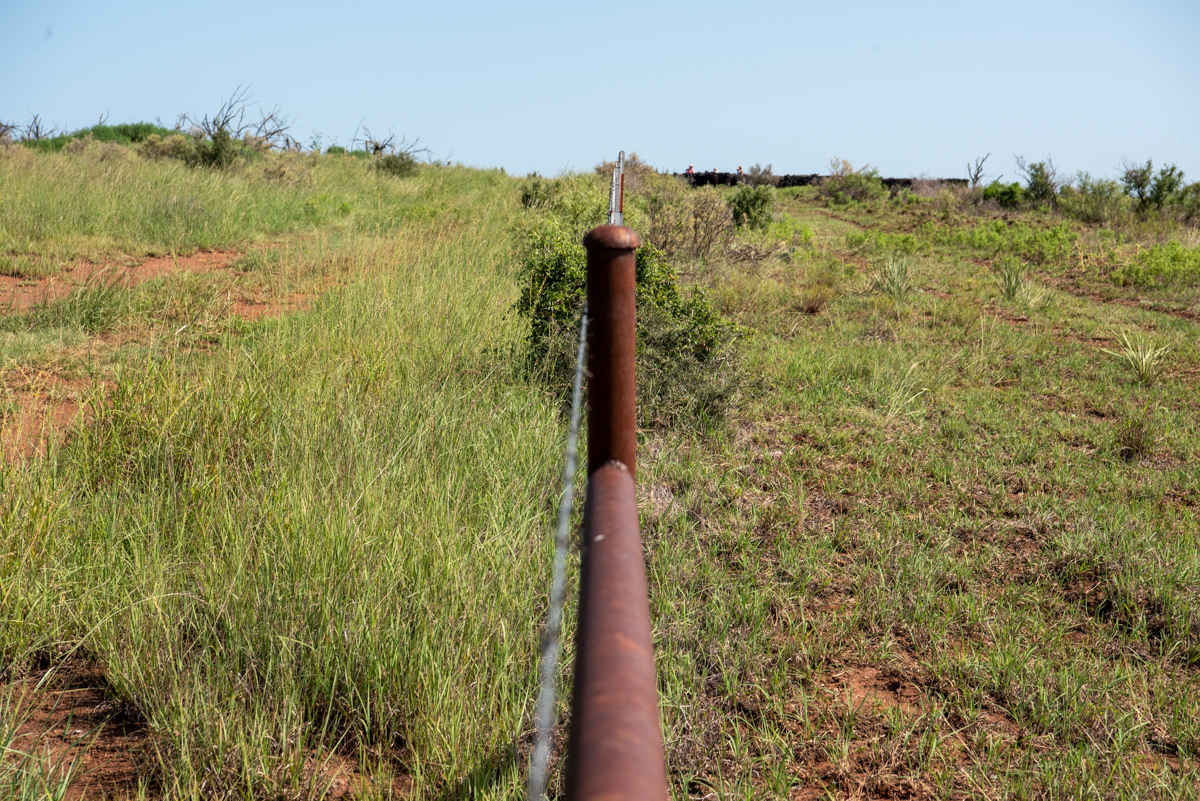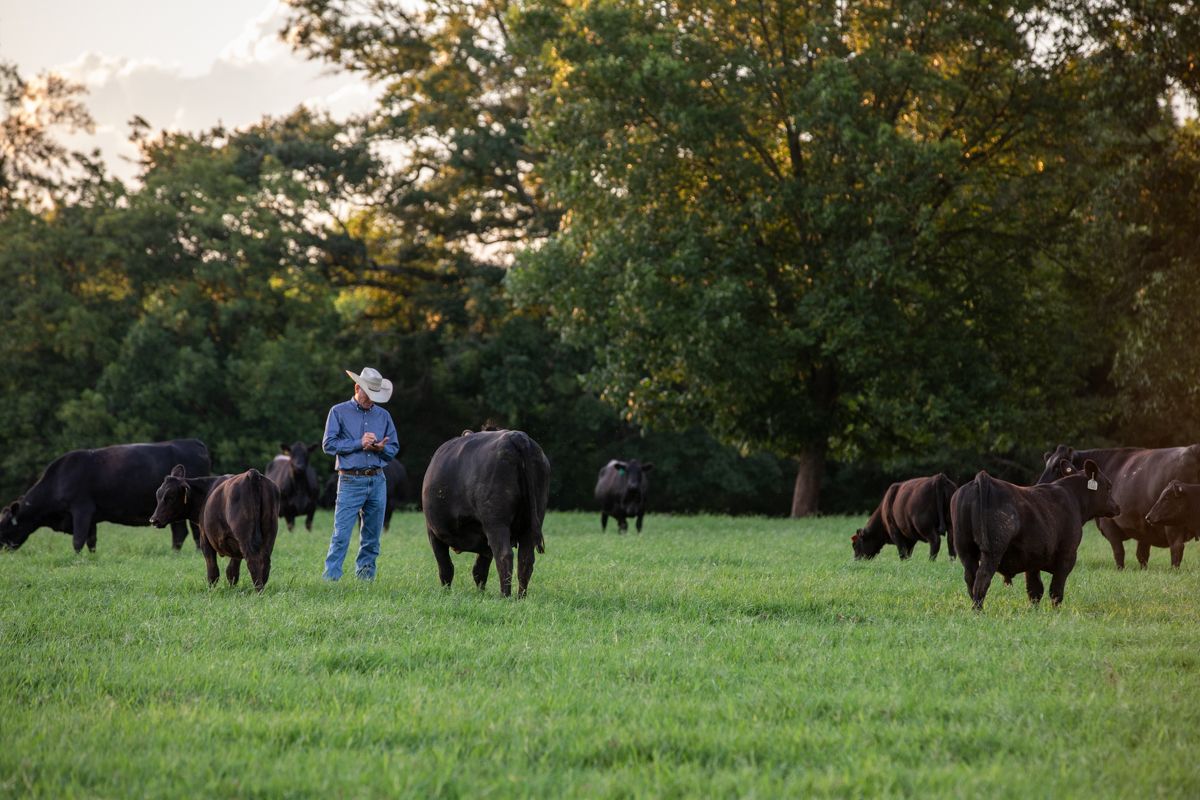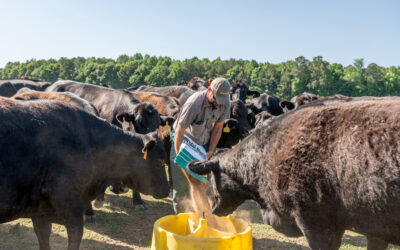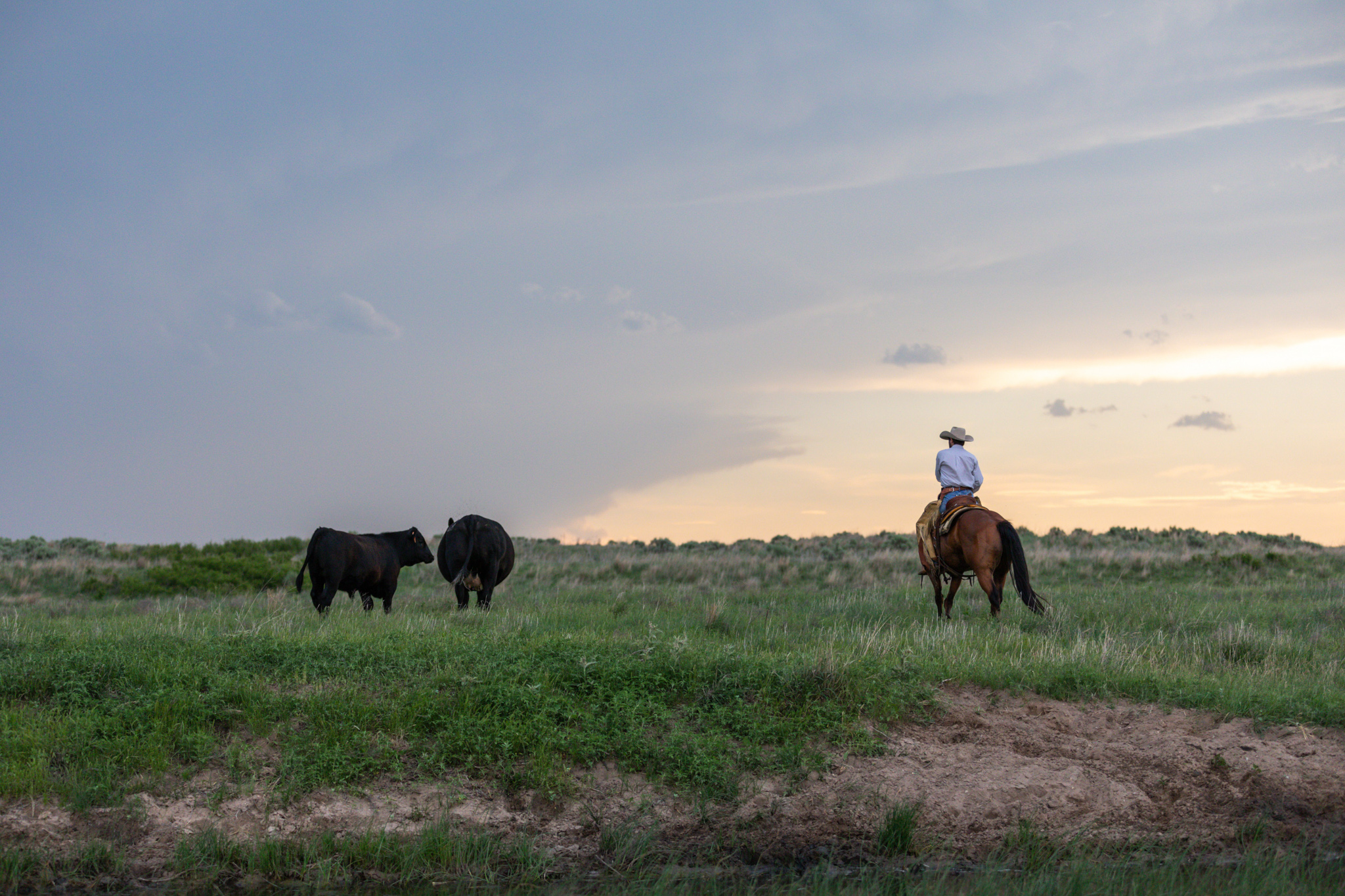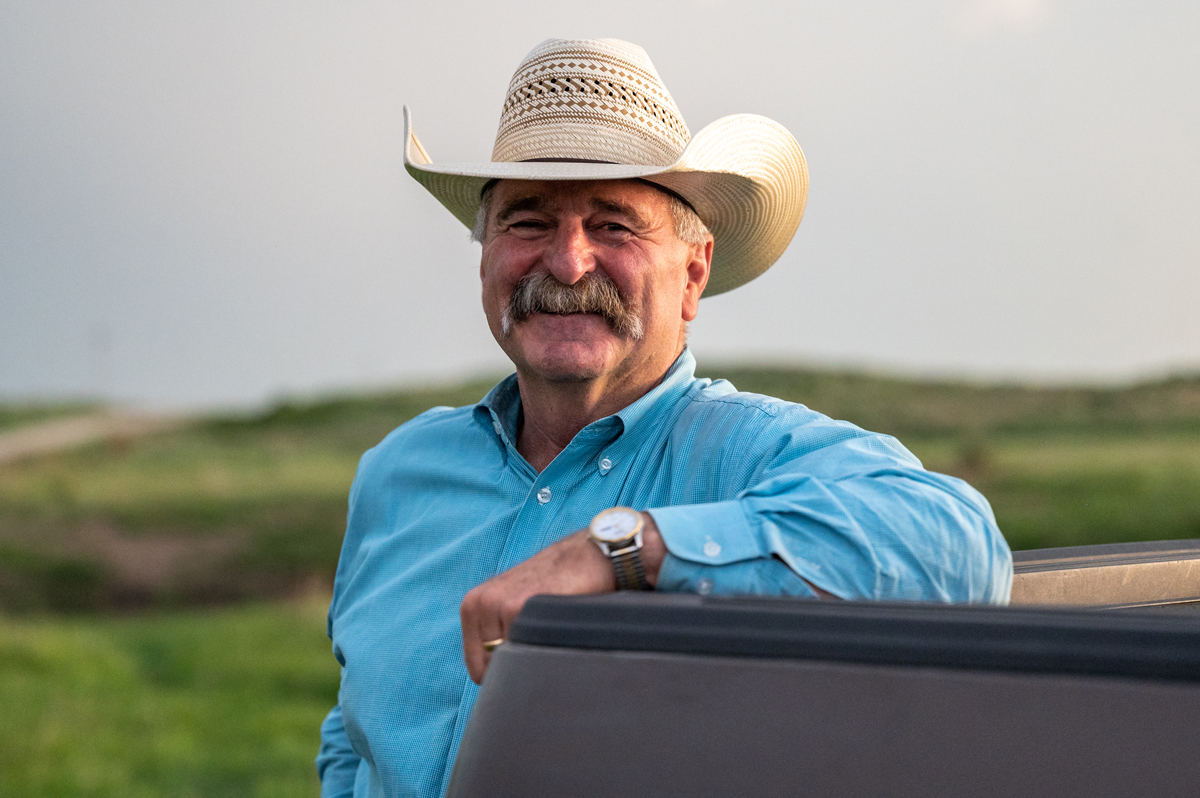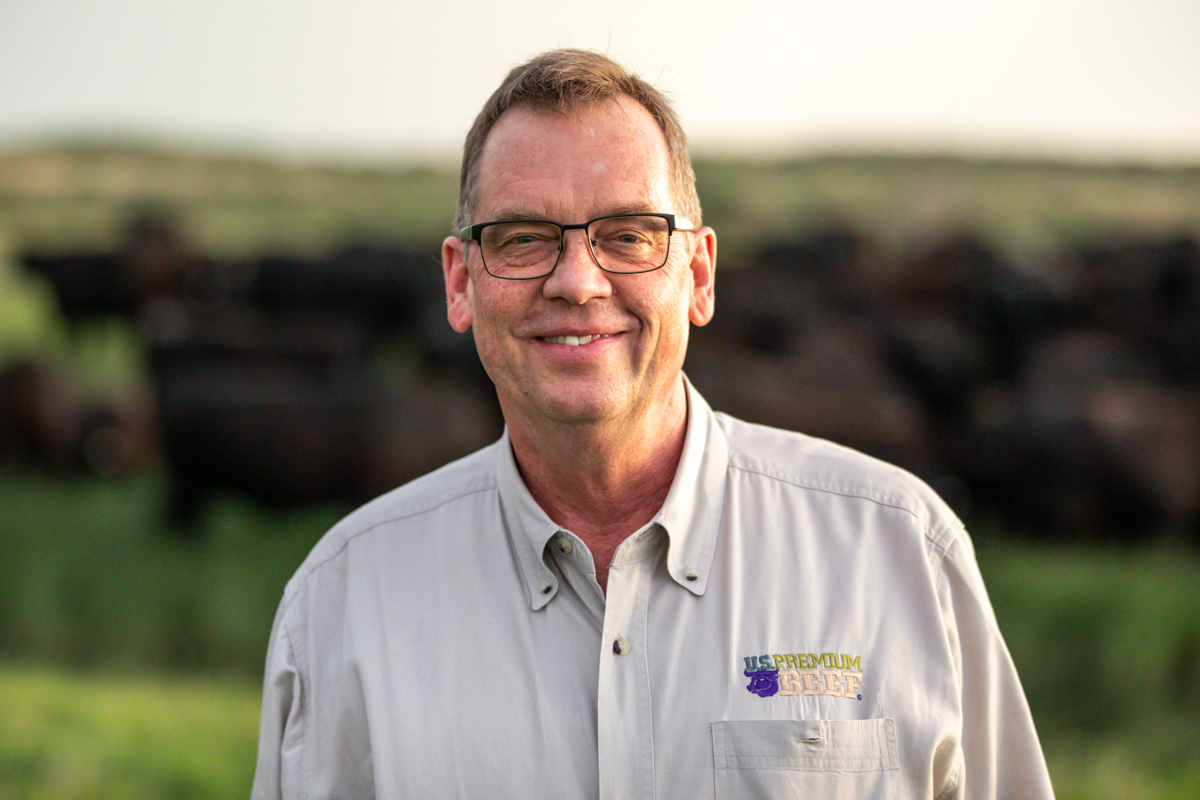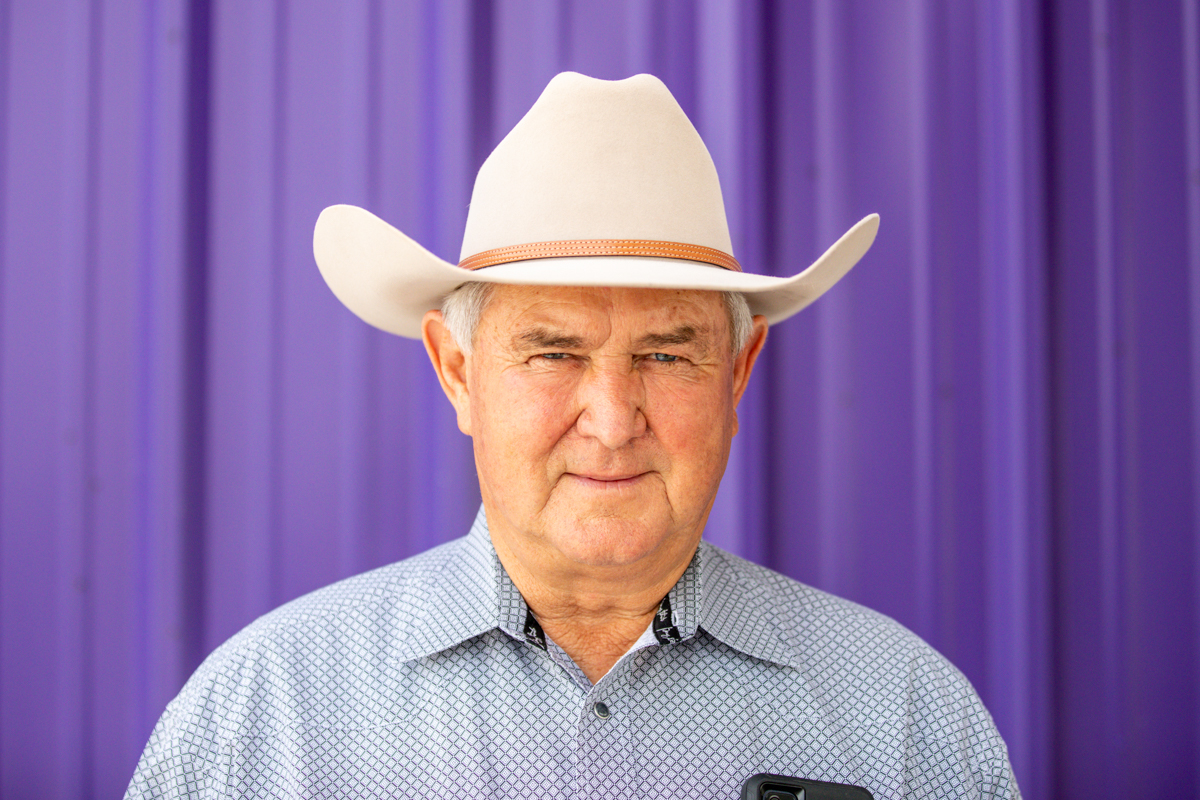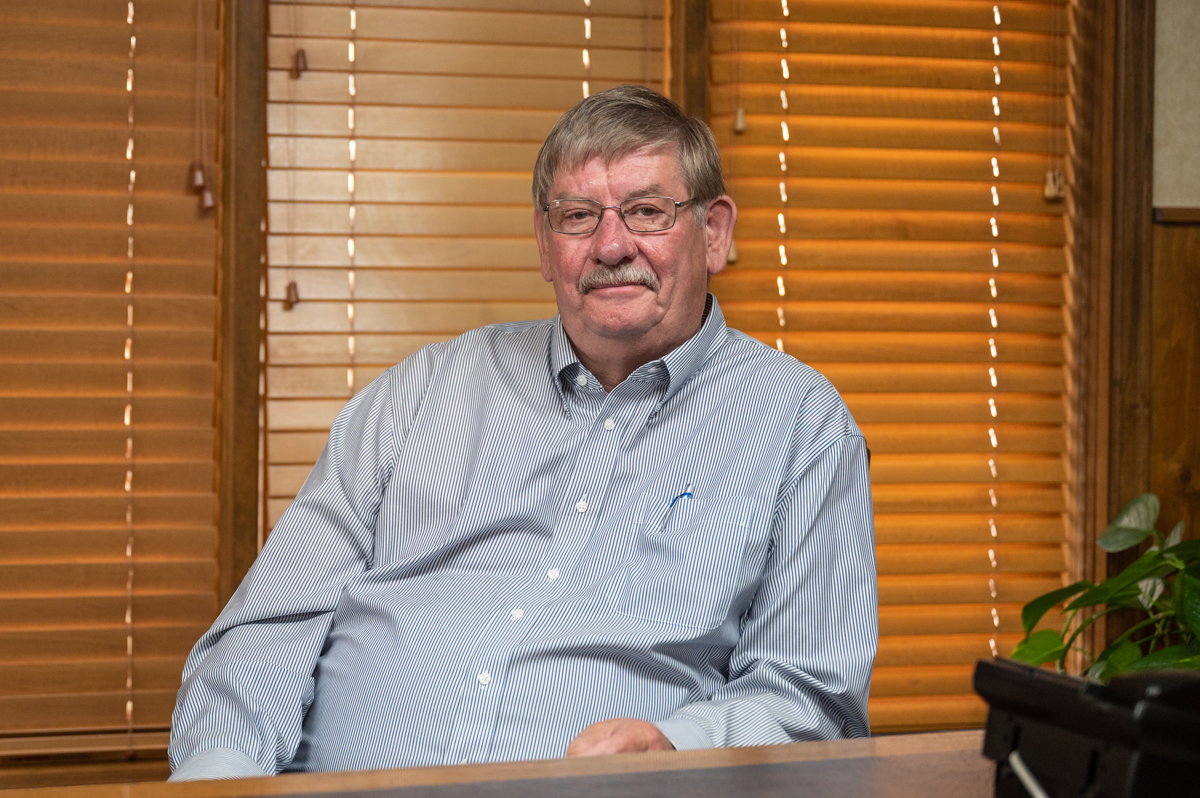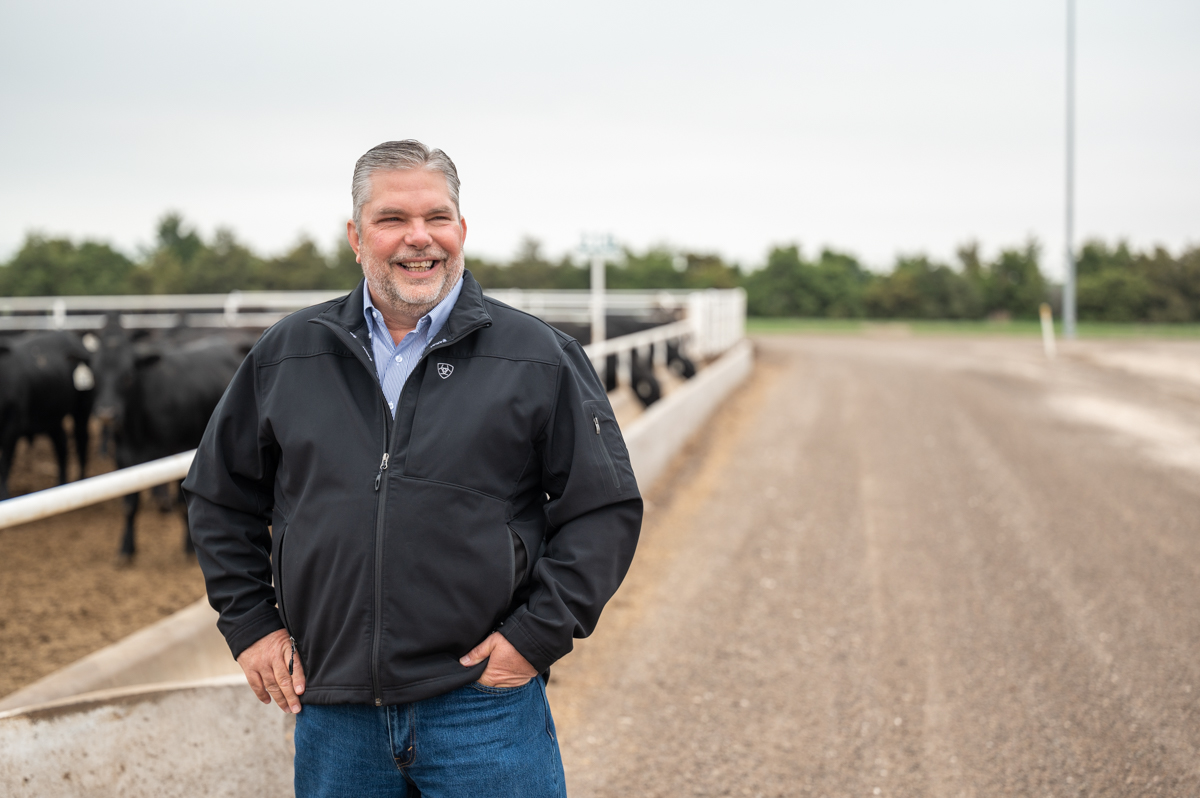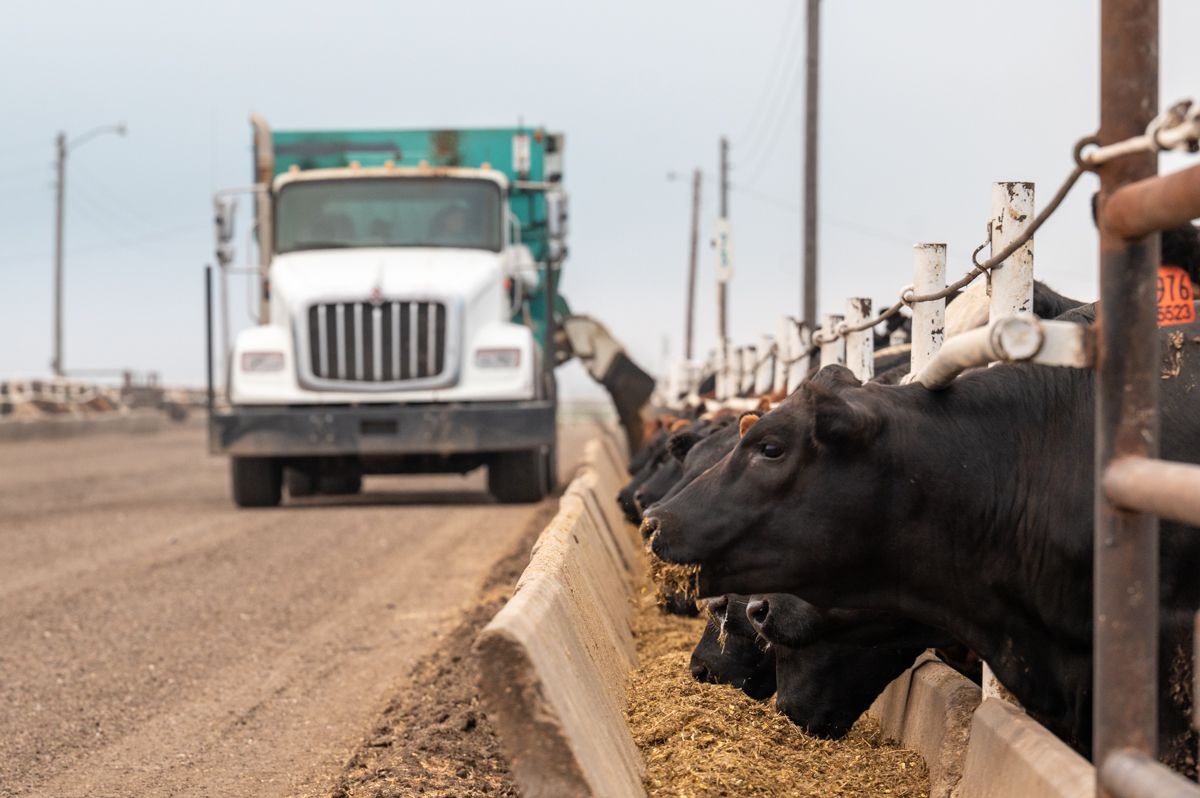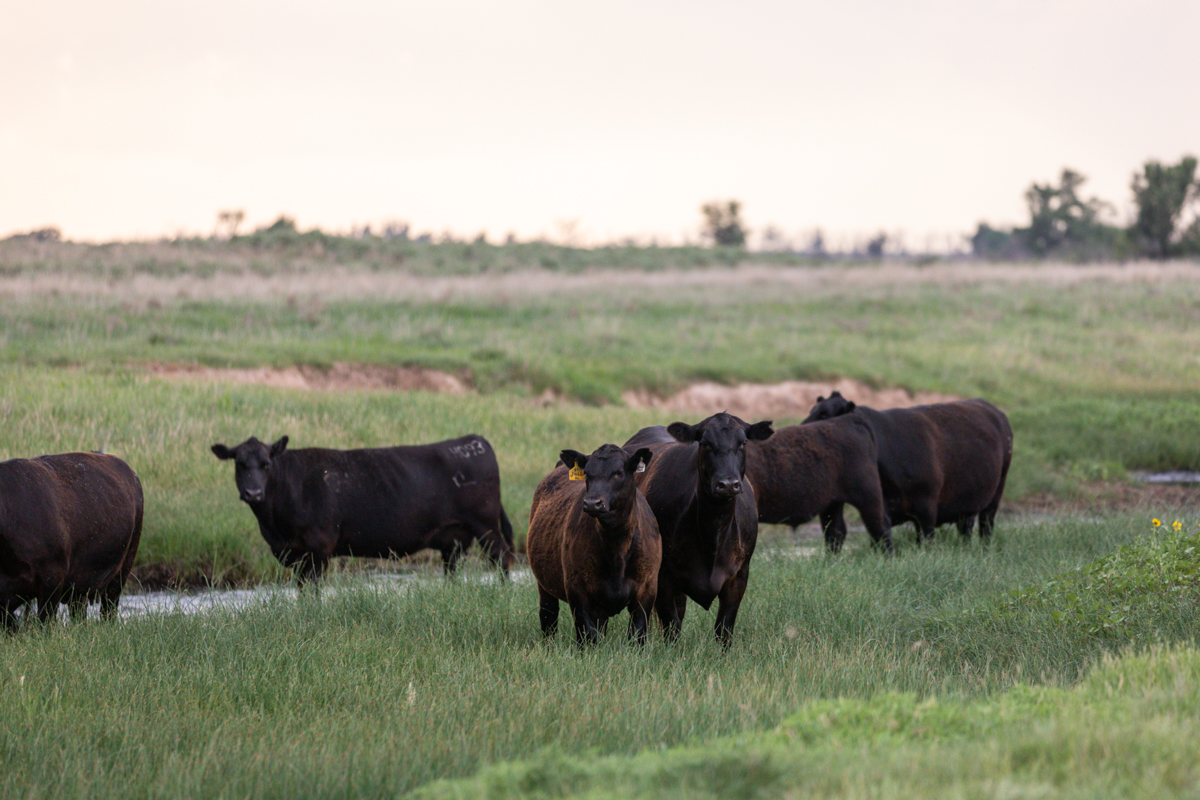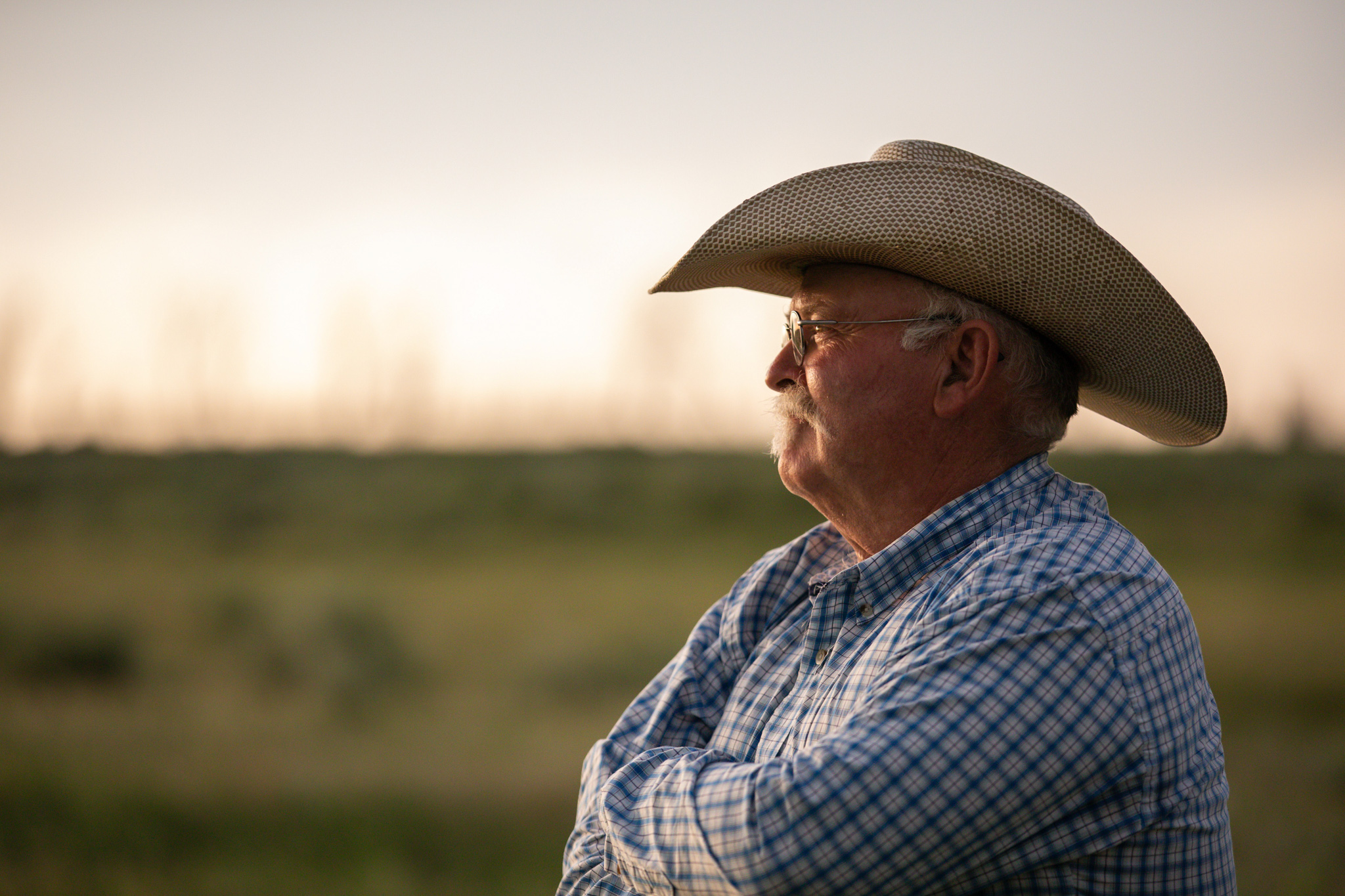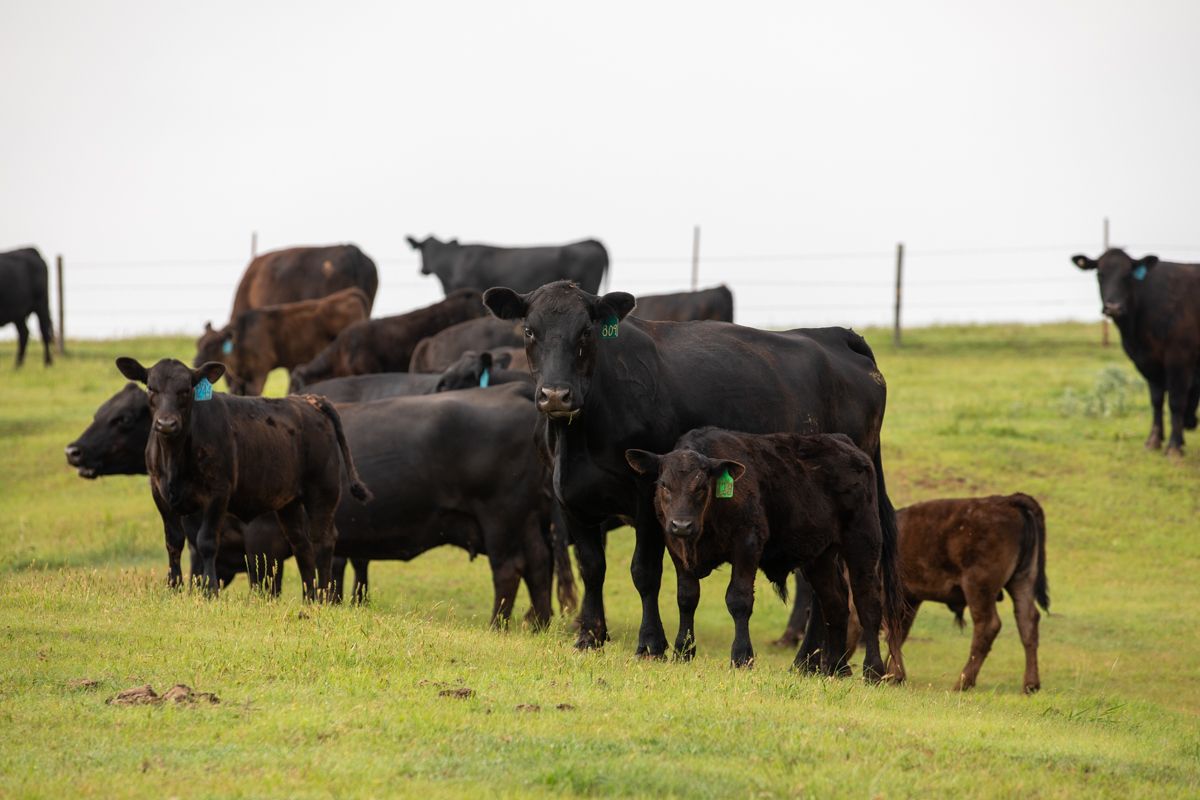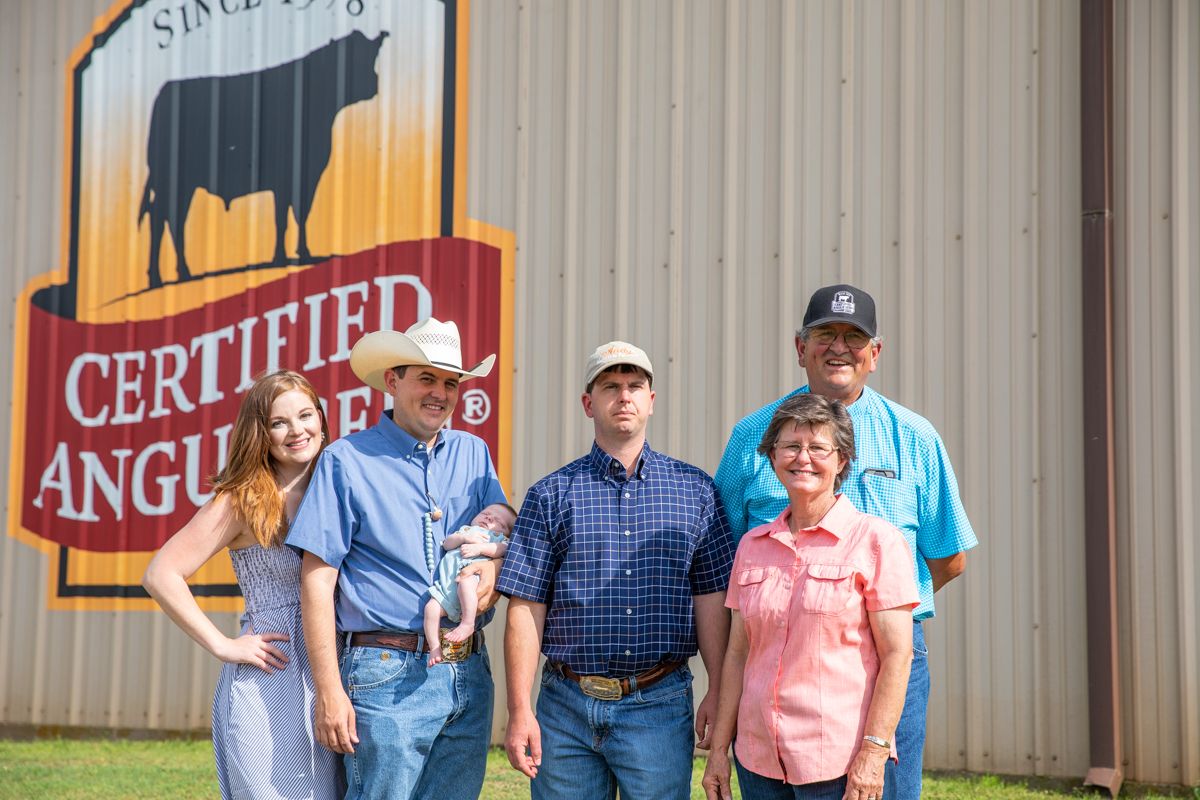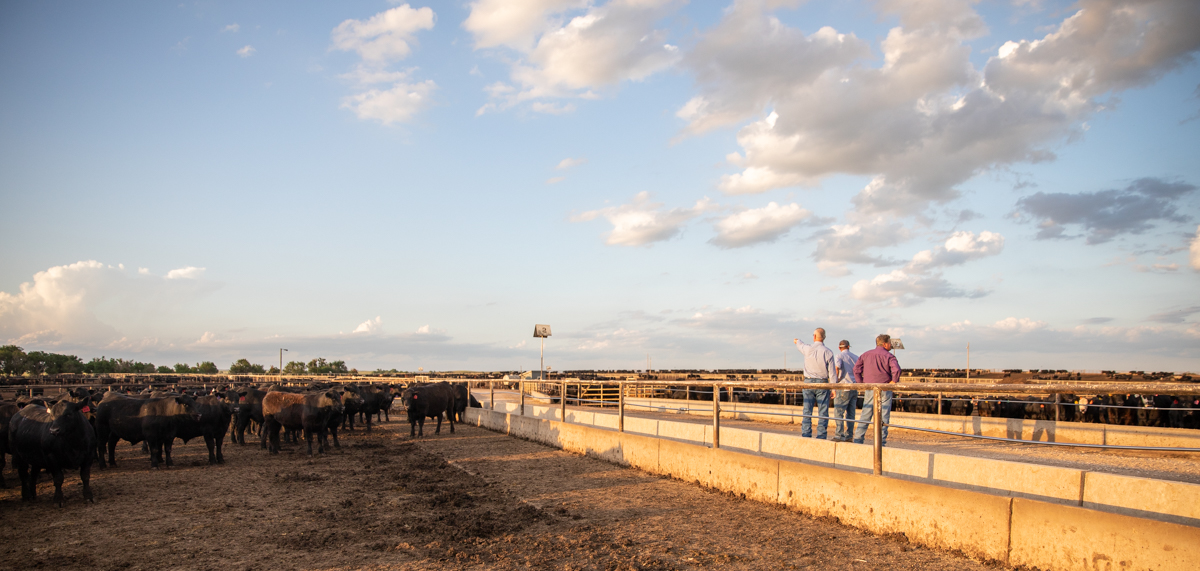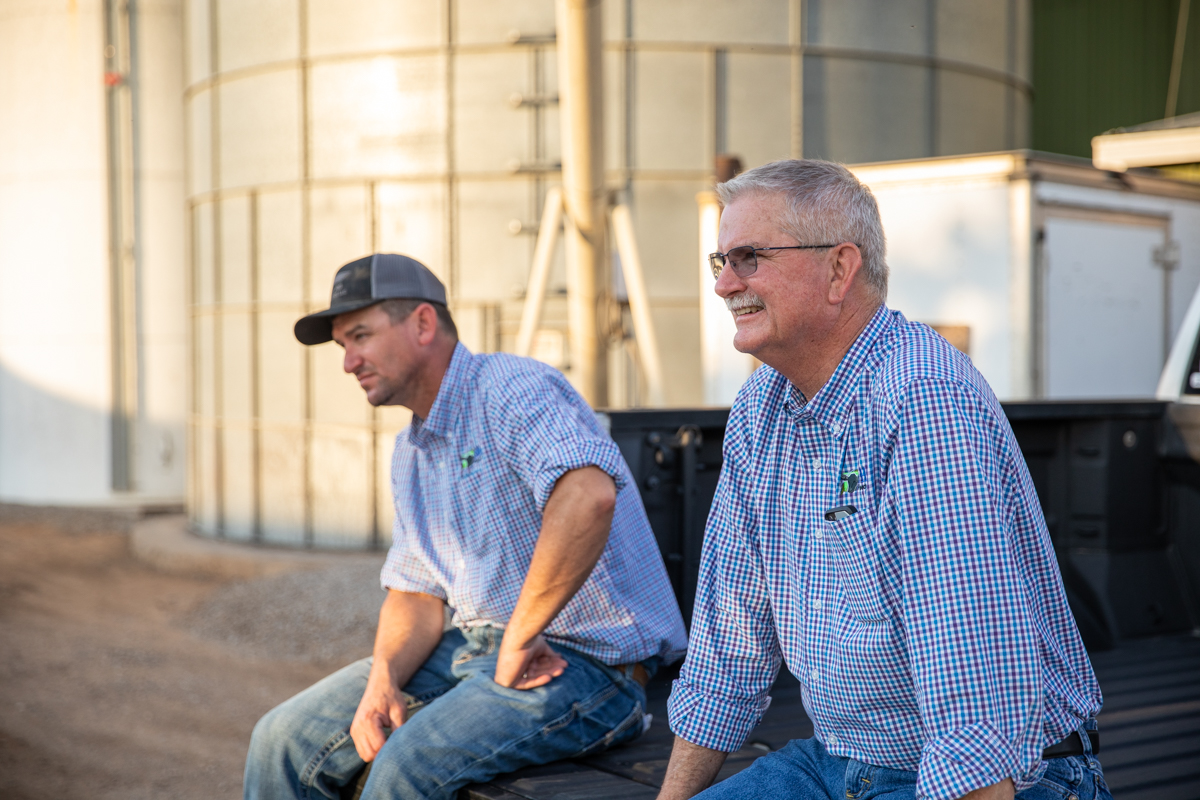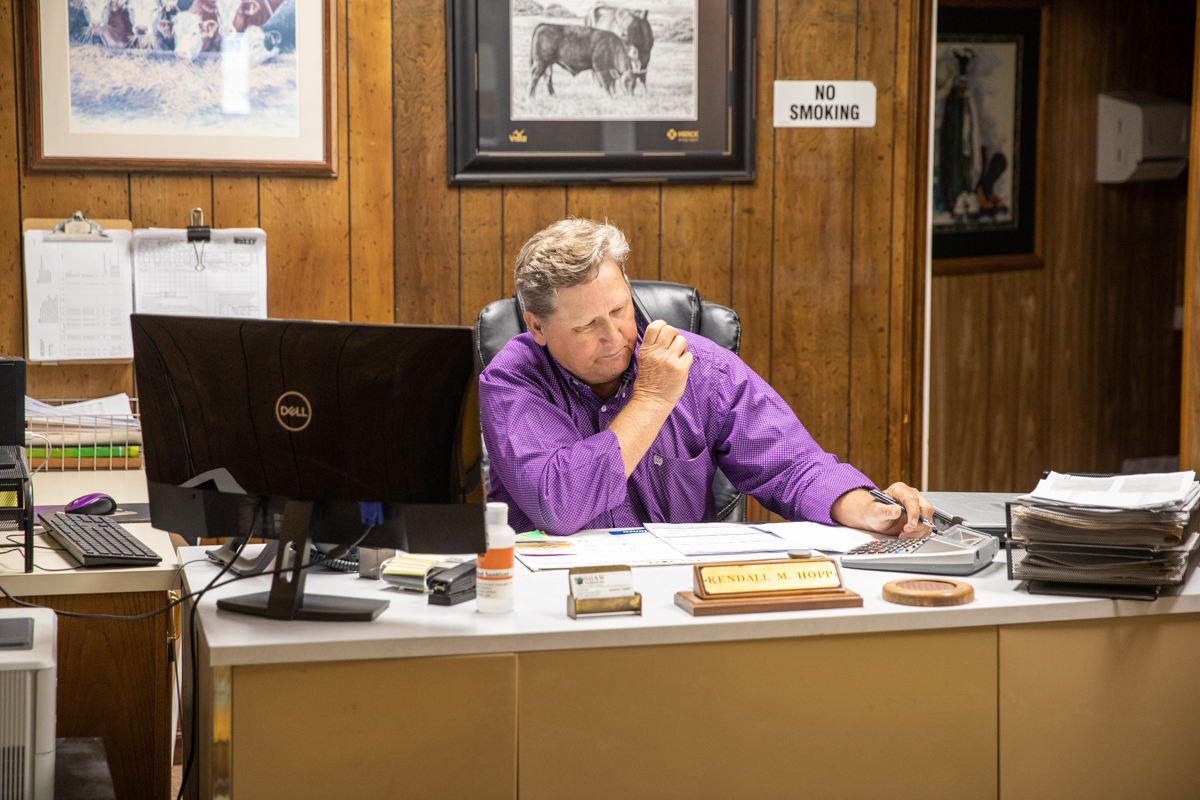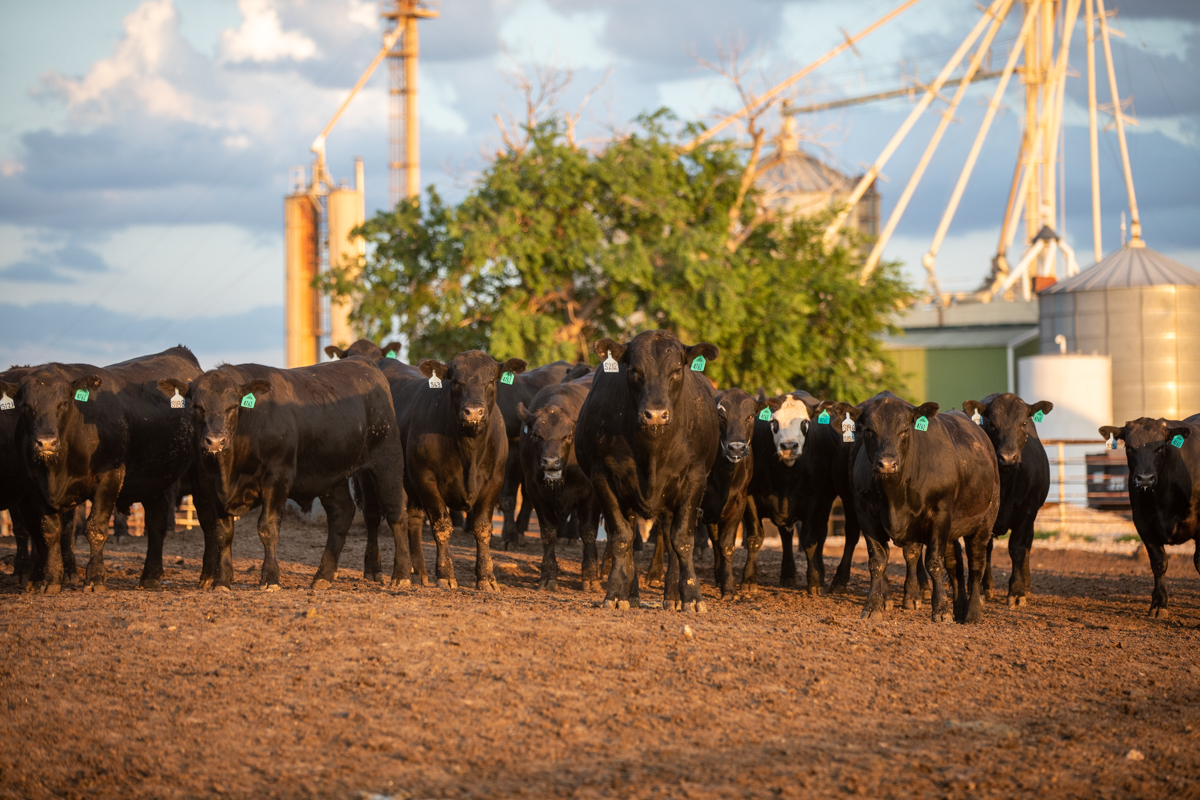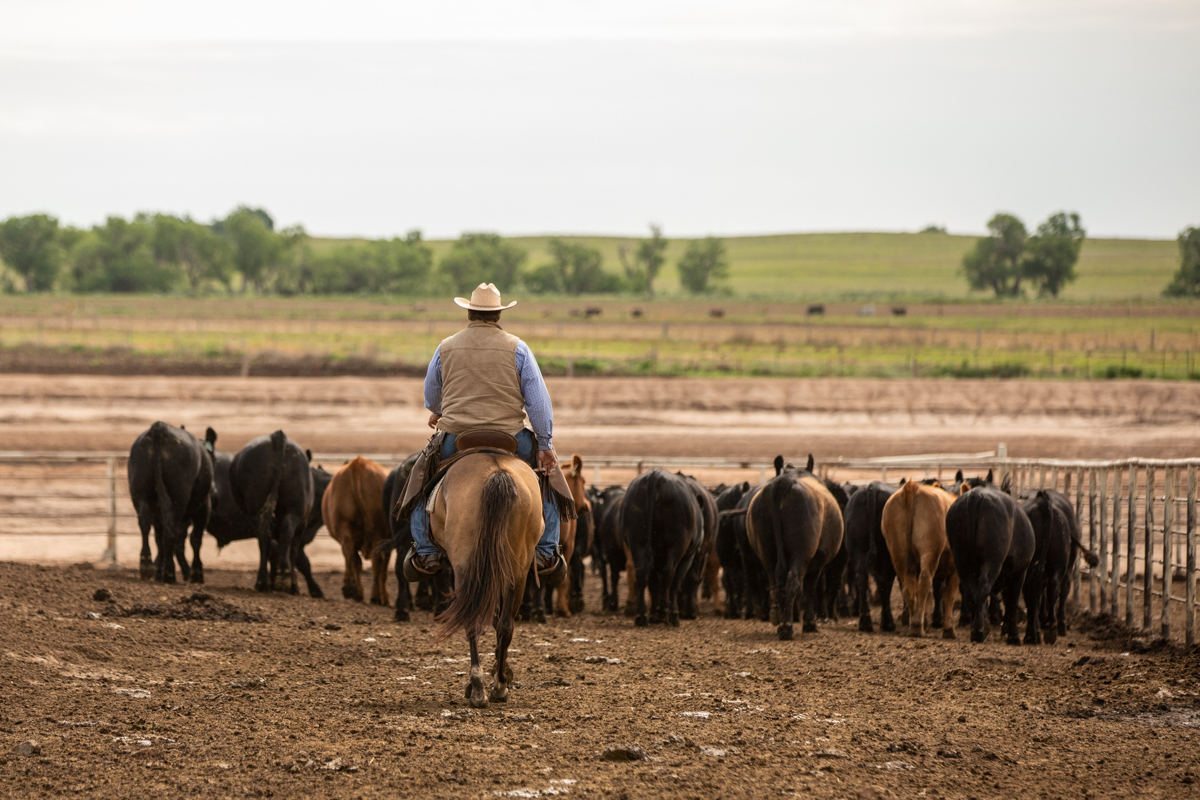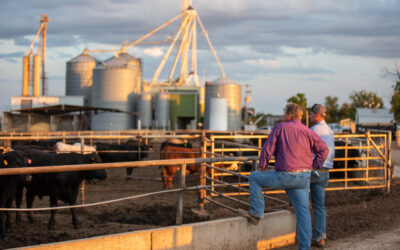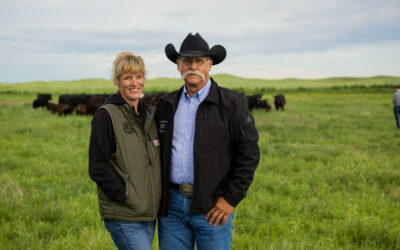
Walter Angus Recognized as 2022 CAB Ambassador Honoree
The Walter family opens the gates to share their passion for Angus cattle.
by Jessica Travis
October 4, 2022
Teaching an appreciation for Angus cattle comes naturally to Terry and Becky Walter. Along with their children Trevor, Ty and Katelyn, they’ve built Walter Angus into a fifth-generation seedstock ranch that specializes in high quality at a high elevation.
Hudson, Colo., provides awe-inspiring views of the pristine Rocky Mountains as a backdrop to their picture-perfect cattle. It’s the ideal spot to introduce visitors to the place where beef begins.
Their spirit of hospitality and work to share how they raise high-quality beef earned the Walter family the 2022 Certified Angus Beef (CAB) Ambassador Award.
Many of the groups that visit Walter Angus include foodservice sales staff who merchandise CAB or chefs serving the brand at their restaurant. They’ve also hosted food bloggers, media, video and photo crews to capture their story to share in CAB training and promotional materials.
“I enjoy talking to people, especially as society gets more disconnected from agriculture,” Terry says. “I want people to know that ranching isn’t easy; it takes a lot of work producing high-quality cattle so people can feel good about eating beef.”
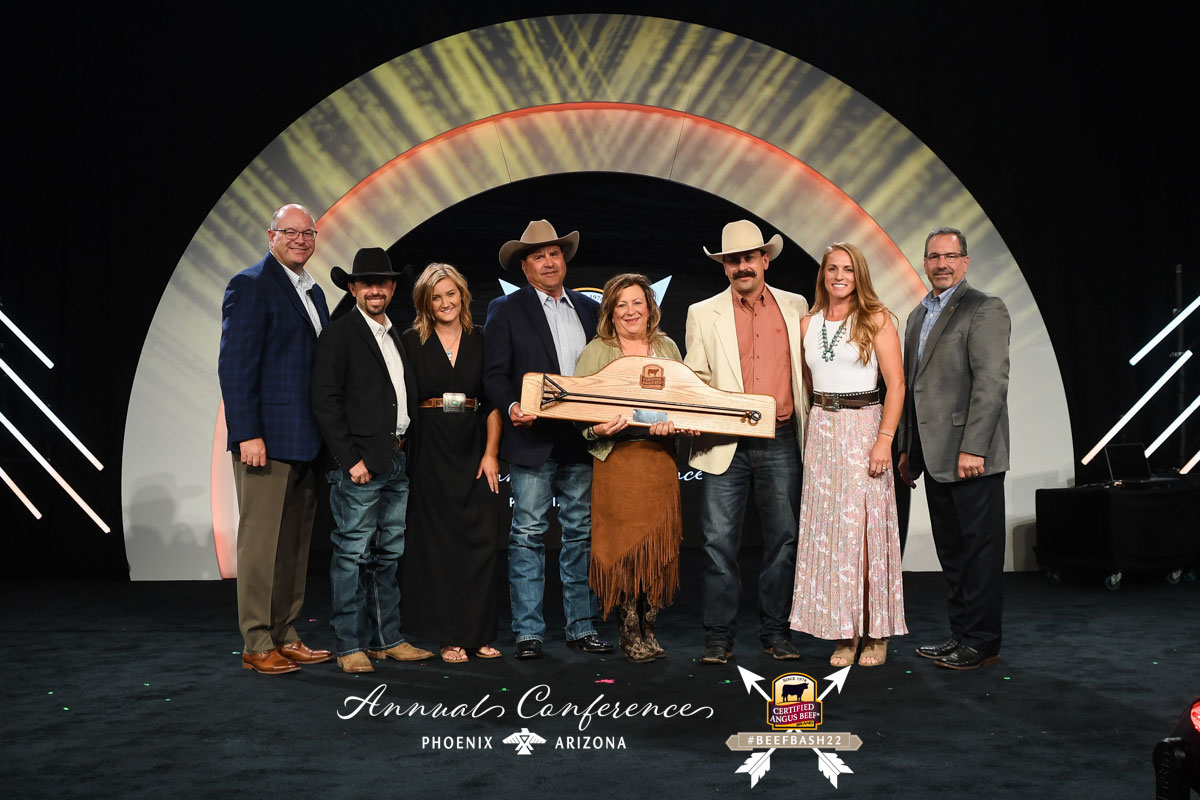
Opening their ranch is more than putting a face to the hands that raise a delicious steak, but understanding the intention behind each decision, taking care of both the land and livestock.
That includes taking cattle to new heights.
The Walter Angus herd spends at least six months grazing mountain pastures that range from 6,000 to 11,000 feet in elevation. Bred to handle the altitude, management also helps cattle adjust with gradual rotations during the warm summer and fall months before the cows come home.
While the mountain pastures are great for cattle, the Walters want people to know those cows are great for the pastures, too.
“The cattle help break up the decomposing trees that have succumbed to beetle rot,” Trevor says. “Grazing helps prevent wildfires and creates a positive ecosystem for the land they’re on.”
Their grazing encourages deeper roots and healthier grasses.
“We make the land better with our cattle,” Ty says, noting the increased forage production and soil health. “God created this land to be grazed by cattle. Without them, and the grasses and sagebrush, the land would blow away to Kansas.”
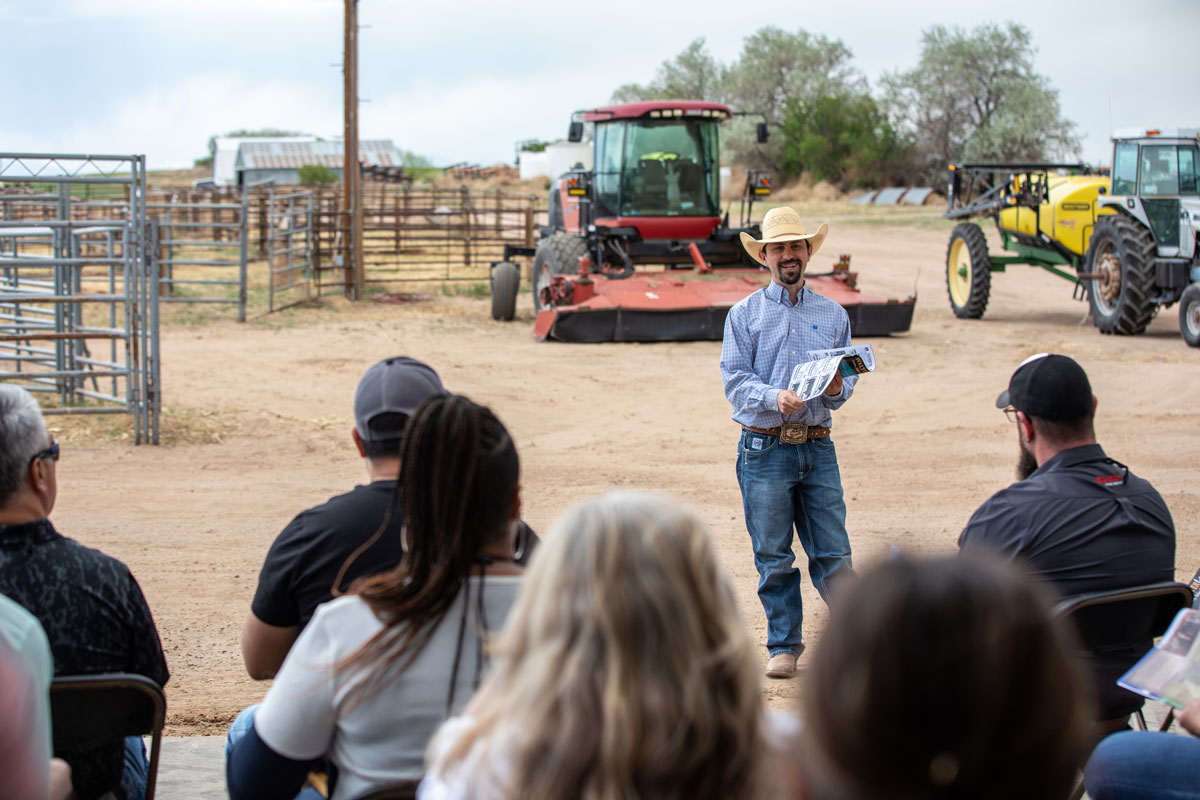
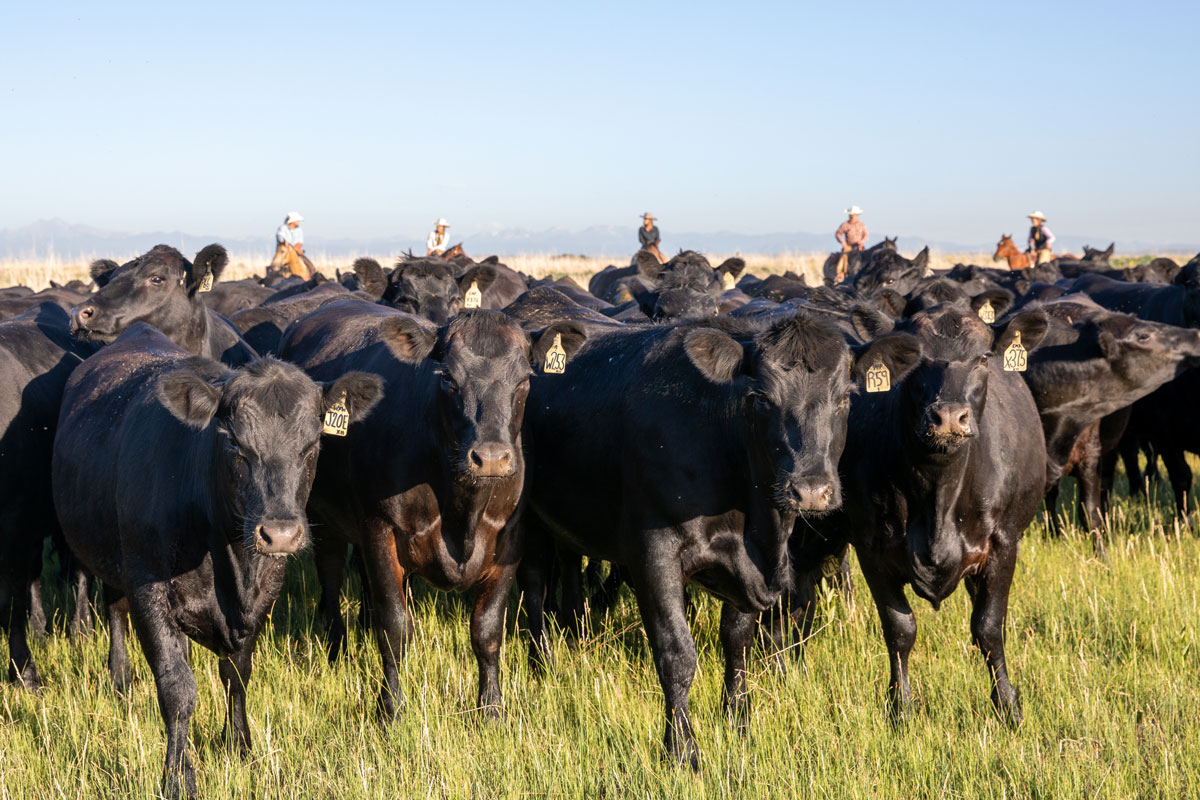
Docility is another key component of breeding for balance. The family creates cattle that can be good working partners on the ranch, knowing it ties to performance on the plate.
“We’re always trying to make balanced cattle,” Terry says. “We’re trying to put as much marbling in these cattle as we can without sacrificing functionality. But in my opinion, marbling is what pays bills.”
That intentional breeding pays off. A look through sale catalogs shows the CAB Targeting the Brand™ logo next to most of their bulls. A mark to help their customers identify bulls with greater potential to sire calves that earn a CAB stamp.
Their focused approach is put to the test by retaining ownership and the carcass data lets them see how they’re doing. Over the last four years, 97% of their cattle graded Choice or higher, with 51% qualifying for CAB and 13% Prime.
Raising great bulls to produce calves that meet the demand for high-quality beef is a feat on its own, but the Walters take the next step to connect with people at the other end of the supply chain.
Pulling out of the driveway, visitors head home with more than a camera full of beautiful pictures and cow selfies to post on social media. They leave as friends who know that the cattle behind the brand are raised by good families, in a way that’s good for animals and the environment.
“I want groups to leave our ranch knowing that there’s a family in Hudson, Colorado, that loves Angus cattle,” Terry says. “That we’re striving to make the best beef possible, and our mission here is hitting that CAB target. But more than that, it’s knowing that we care about the cattle.”
The Walter family was recognized for the Ambassador Award at the Certified Angus Beef Annual Conference in Phoenix on September 30, 2022.
You may also like
Thriving with Shrinking Supply
Even as the nation’s cow herd contracts, “more pounds” and “higher quality” have been common themes. Specific to commercial cattlemen: It still pays to focus on carcass merit, in addition to other economically relevant traits.
Rob Shuey Joins Certified Angus Beef Board
Shuey knows the product and understands sales and how CAB partners view the brand. This extends internationally, given he retired from Tyson as the senior vice president of international fresh meats, lending him a global perspective for CAB’s licensed partners.
Raised with Respect™ Rewards Producers with Current BQA Certificates
Taking care of your herd is part of the job of every stockman, and it’s the right thing to do. While you’re not committed to cattle care for recognition, you could be rewarded for holding a current BQA certification. Through two incentive opportunities, CAB and Sysco are recognizing producers who go above and beyond to show commitment to their herd.





